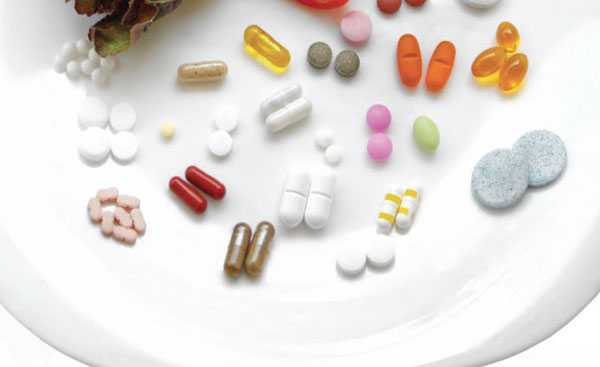Risks of performance-enhancing drugs

Are you hoping to gain a competitive edge in sports and around you by taking muscle-building supplements or other performance-enhancing drugs? It’s important to learn how these drugs work and how they can affect your health. Most serious sportsmen will tell you that the competitive drive to win can be fierce. In such circumstances, many seek the easy way out by using these dangerous drugs.
Using performance-enhancing drugs has several risks. It is advisable to first know the potential benefits, health risks and many unknowns regarding the controversial performance-enhancing drugs before using them. Here are some common performance-enhancing drugs and their side effects.
Anabolic steroids
Anabolic steroids are used to increase muscle mass and strength. The main anabolic steroid hormone produced by your body is testosterone. Testosterone promotes muscle building and is also responsible for male traits such as facial hair and deep voice.
Some people, including athletes, take straight testosterone to boost their performance. Frequently, the anabolic steroids used are synthetic modifications of testosterone. These hormones have approved medical uses, but improving, for instance, athletic performance is not one of them.
These drugs are very appealing among athletes because besides making muscles bigger, they may help athletes to recover from a hard workout more quickly by reducing the muscle damage that occurs during the session. This enables athletes to work out harder and more frequently without overtraining. In addition, some people like the aggressive feeling they get when they take the drugs.
A particularly dangerous class of anabolic steroids is the so-called designer drugs — synthetic steroids that have been illicitly created to be undetectable by drug tests. They are made specifically for athletes, have no approved medical use and represent health threat to athletes.
Many people take anabolic steroids at doses much higher than prescribed for medical reasons, thus posing serious health threats to themselves. Anabolic steroids come with serious physical side effects. For instance, men may develop prominent breasts, baldness, infertility and impotence. They might experience severe acne, increased risk of tendinitis and tendon rupture, liver abnormalities and tumors, high blood pressure, aggressive behaviours, rage or violence and depression among others.
Androstenedione
Androstenedione (andro) is a hormone produced by the adrenal glands, ovaries and testes. It’s normally converted to testosterone and estradiol in both men and women.
It’s available legally only in prescription form, and supposedly allows sportsmen to train harder and recover more quickly. Scientific studies show that supplemental androstenedione doesn’t increase testosterone and that your muscles don’t get stronger with andro use.
Side effects of the drug in men include acne, diminished sperm production, shrinking of the testicles and enlargement of the breasts. Andro can decrease the “good” cholesterol in the body, which puts you at greater risk of heart attack and stroke.
Creatine
Many people and sportsmen, in particular, take nutritional supplements instead of or in addition to performance- enhancing drugs. Supplements are available over-the-counter as powders or pills. The most popular supplement is probably creatine monohydrate. Creatine is a naturally occurring compound produced by your body that helps your muscles release energy.
Possible side effects of creatine supplement that can decrease performance include stomach cramps, muscle cramps, nausea, diarrhoea and weight gain. High-dose creatine use may potentially damage your kidneys and liver.
Stimulants
Stimulants are used to stimulate the central nervous system and increase heart rate and blood pressure. They can improve endurance, reduce fatigue, suppress appetite and increase alertness and aggressiveness. Common stimulants include caffeine and amphetamines. Cold remedies often contain the stimulants ephedrine or pseudoephedrine hydrochloride. Energy drinks often contain high doses of caffeine and other stimulants. The street drugs cocaine and methamphetamine are also stimulants.
Although stimulants can boost physical performance and promote aggressiveness on the field for athletes, they have side effects that can impair performance. These include nervousness and irritability, insomnia, dehydration, heatstroke, addiction or tolerance, meaning that athletes need greater amounts to achieve the desired effect, so they’ll take doses that are much higher than the intended medical dose.
Other side effects include heart palpitations, heart rhythm abnormalities, weight loss, tremors, mild high blood pressure, hallucinations, convulsions, stroke, heart attack and other circulatory problems.
The bottom line… No matter how you look at it, using performance- enhancing drugs is a risky affair. The health risks posed by the drug outweigh the benefits.
Published in February 2015




